With crowded alleys in the old city, the famous Golden Temple, a checkered history and some of the best food to be sampled, Amritsar is truly synonymous with Punjab. While most people visit the city only to take in the awe inspiring Golden Temple and the fun border ceremony at Wagah, we suggest spending a few more days, tucking into some of the best food the state has to offer and exploring a culture and history that is integral to that of India’s.
Much is already known about the famous Gurudwara in Amritsar that feeds almost a lakh people for free everyday, and apparently has more visitors than the Taj Mahal.
It is not difficult to see why; the temple complex has an air of calm and serenity about it, as people from all over the country and beyond mill about respecting the space.
The temple is incredibly clean and orderly, and should be an exercise in how religious spaces should be maintained and run. The volunteers, who run the place, are firm but respectful ensuring that you are dressed appropriately when you enter and well taken care of while inside.
The langar is simple and wholesome, with black dal, vegetables and roti that you received with your palms open, as a sign of gratitude. Built in 1604 in the middle of the ‘Amrit Sarovar’ or the holy tank, the Harmandir Sahib teaches equality and humility, where the four entrances around the complex signify that people are welcome from everywhere.
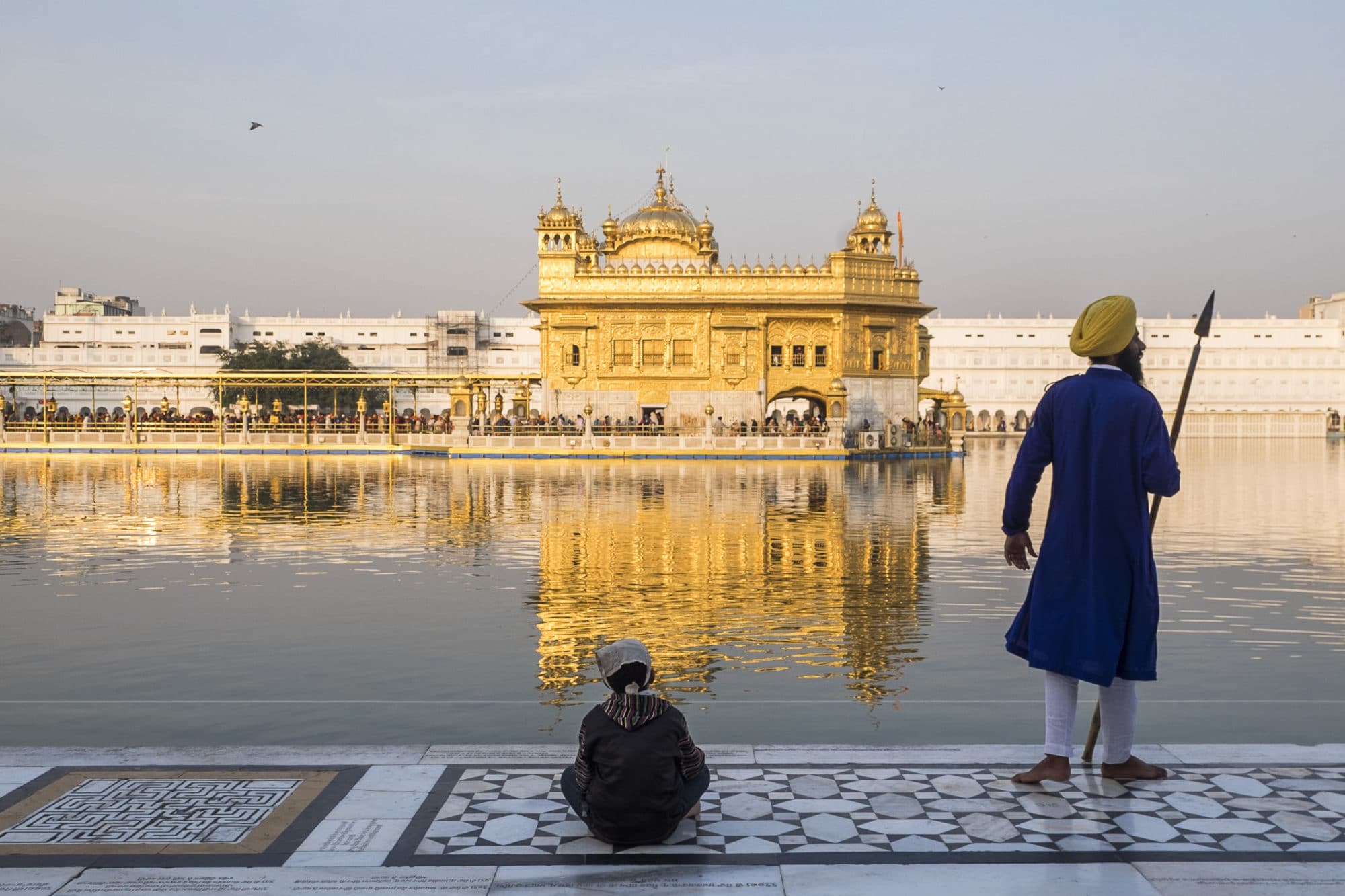
While in Amritsar we went there twice, once in the evening to see the whole complex lit up, which is a must do. It is one of the few places that doesn’t seem gaudy or over the top despite all the gold and is quite amazing in the evening light.
Around the temple is the old city, full of crowded by-lanes, where cycles, pedestrians, tourists and vendors jostle for space. The little alleys are quite fun to walk around especially if you don’t mind the crowds and noise and enjoy photographing crumbling old buildings, massive doors that would have once belonged to imposing mansions and carved windows that are barely hanging on. The whole place has the smell of food hanging in the air as carts sizzle with fresh kulchas, parathas, jalebis and other street food.
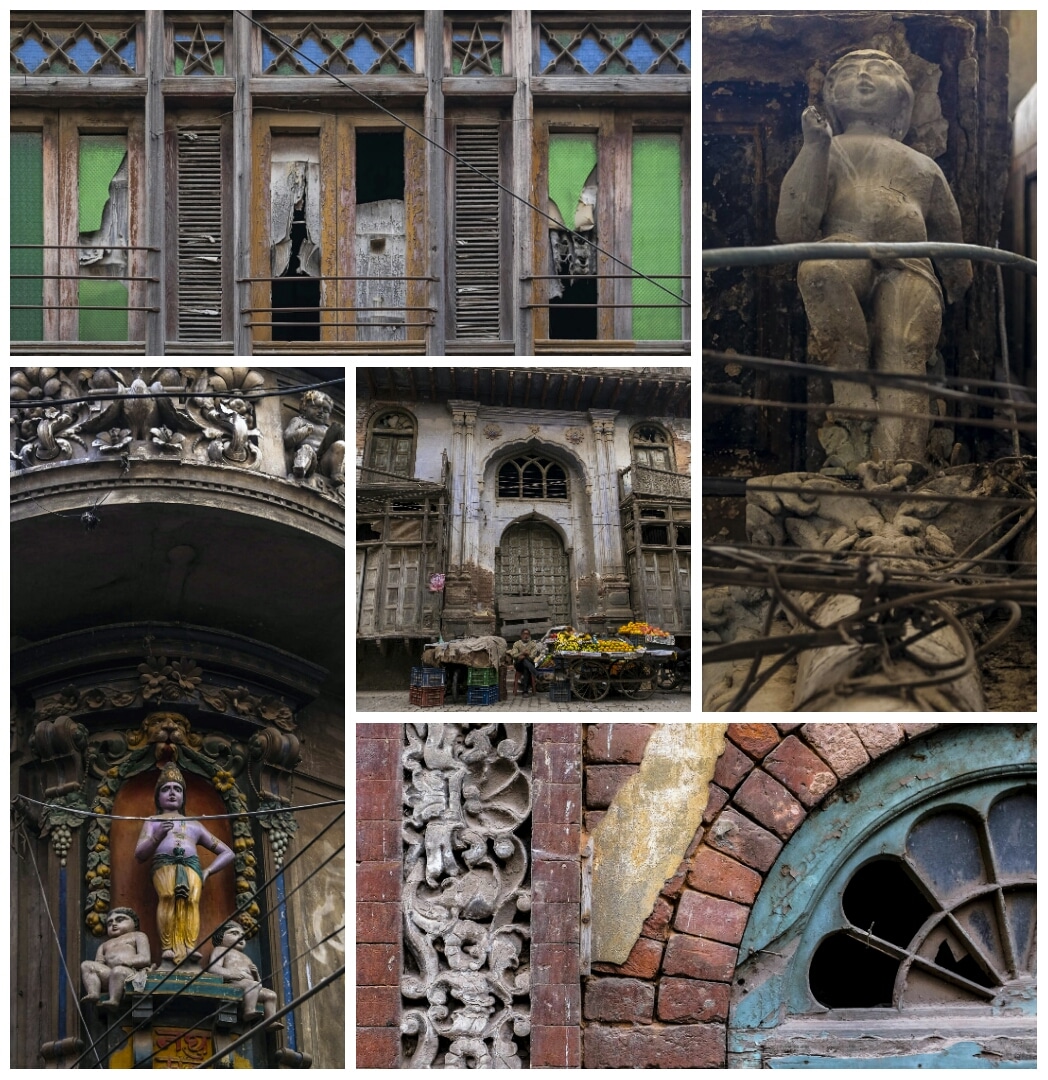
The area in front of the temple has been redone by the government and is a closed to all vehicular movement for about half a kilometre. Though a little kitsch, the walkway or the Heritage Street, with shops, gas lamps, eating stalls and a few small hotels, makes for a pleasant experience, taking you away from the crowd and din of the surrounding old city.
It is a perfect place to shop for the famous Amritsari Phulkari sarees and jootis if you don’t want to brave the more crowded older bazaar areas. The closed street which ends at the front gate of the temple, begins at the Town Hall which is under restoration and houses the new Partition Museum, a glimpse into the turbulent historical event that tore Punjab in two.
The Museum, which opened in 2016, has only a few exhibits at the moment but is working on increasing their galleries in the future, which are slated to open in the first half of 2017.
The current exhibits are oral histories and testimonials from survivors of partition, those who have lost loved ones and homes, and those who have found families and new homes, before the dwindling generation that experienced it takes its memories to the grave. It also houses maps and the decision making process by which border lines were drawn by the unfortunate Brit who was called in to do the job.
Cyril John Radcliffe, a British lawyer had never been to India before, assuming that his decisions would not be coloured. 70 years after this devastating event, there exists no space to remember, which we found rather surprising, and this new museum is dedicated to the partition of a land and people, to its victims, survivors and legacy. With over twenty million people displaced and forced to find homes behind new borders, it is more than necessary that such a museum exists, if nothing else to honour the memory of those who lost everything while others drew lines on a map and secured the independence of two countries.
While painful to hear some of these stories, a visit to the museum is important to remember and understand historical events that are oft forgotten. Many who visit Amritsar head to the famous border ceremony at Wagah, that instills great patriotism in people, and would not be possible without the events of 1947.
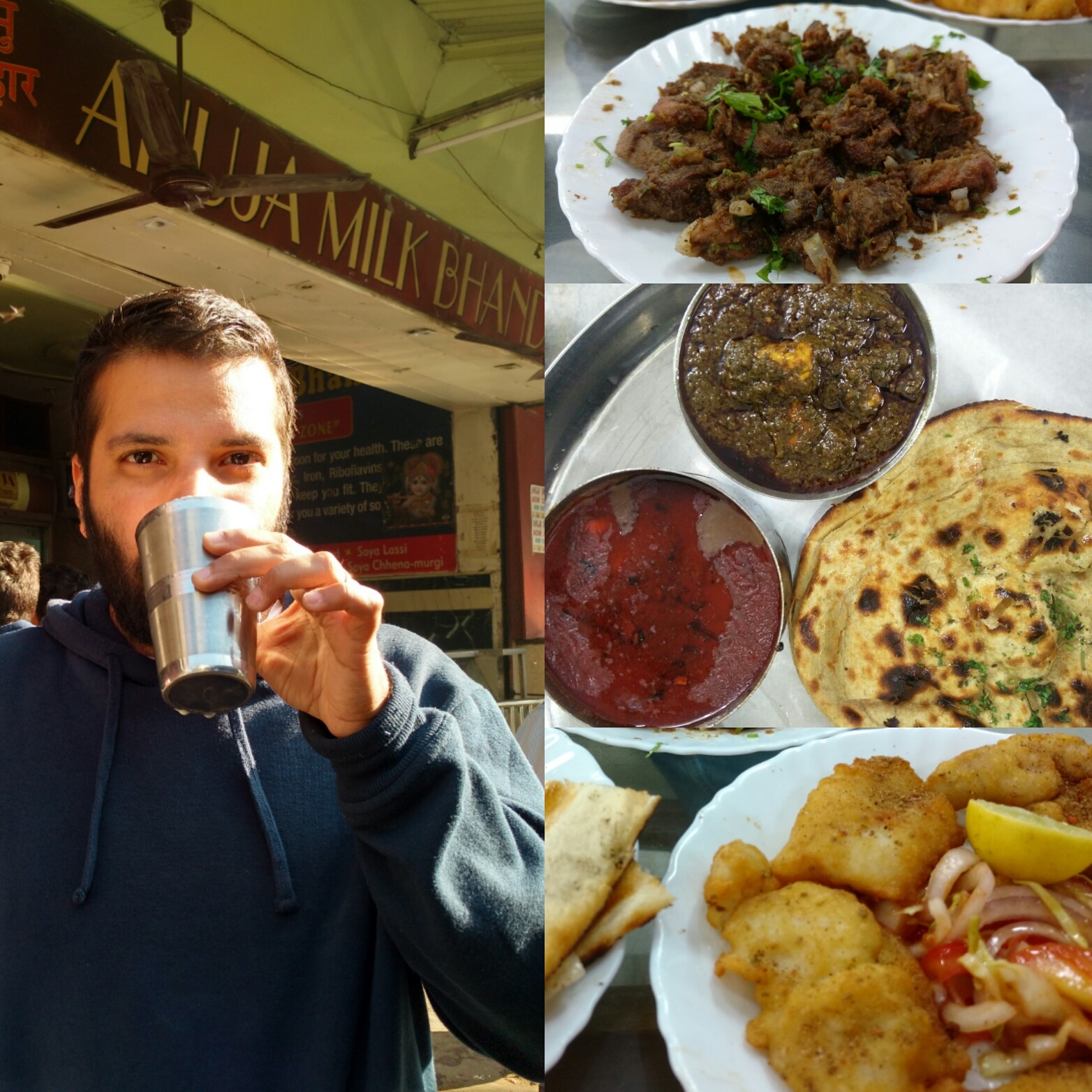
Amritsar is a microcosm of Punjab, and embodies what the state is all about, from the painful histories to the hardworking and gregarious Punjabis and from the rich street food to the langar in all gurdwaras.
No visit to Amritsar is complete without sampling all the food it has to offer, and during our 4 days in the city we set out to do just that, starting each day with a big glass of Punjabi style lassi, a meal in itself!
From the famous Amritsari fish, which is spicy and tangy to the roadside stalls that sell hot kulchas dripping in white butter, the city is heaven for the gastronomes.
Plan your meals well and eat good vegetarian food at the 100 year old Kesar Dhaba in the crowded old city, tuck into some Punjabi style roasted chicken at Beera Chicken and go on an empty stomach to get the best out of a meal at Surjit (must try the mutton kebabs).
There is also the famous Bharawan Dhaba near the town hall, and though the establishment is now well known and touristy, there is nothing to beat their Dal Makhni. And if you are feeling a little peckish, eat a thick creamy bowl of curd at the many stalls on the Heritage Street, always good for digestion.
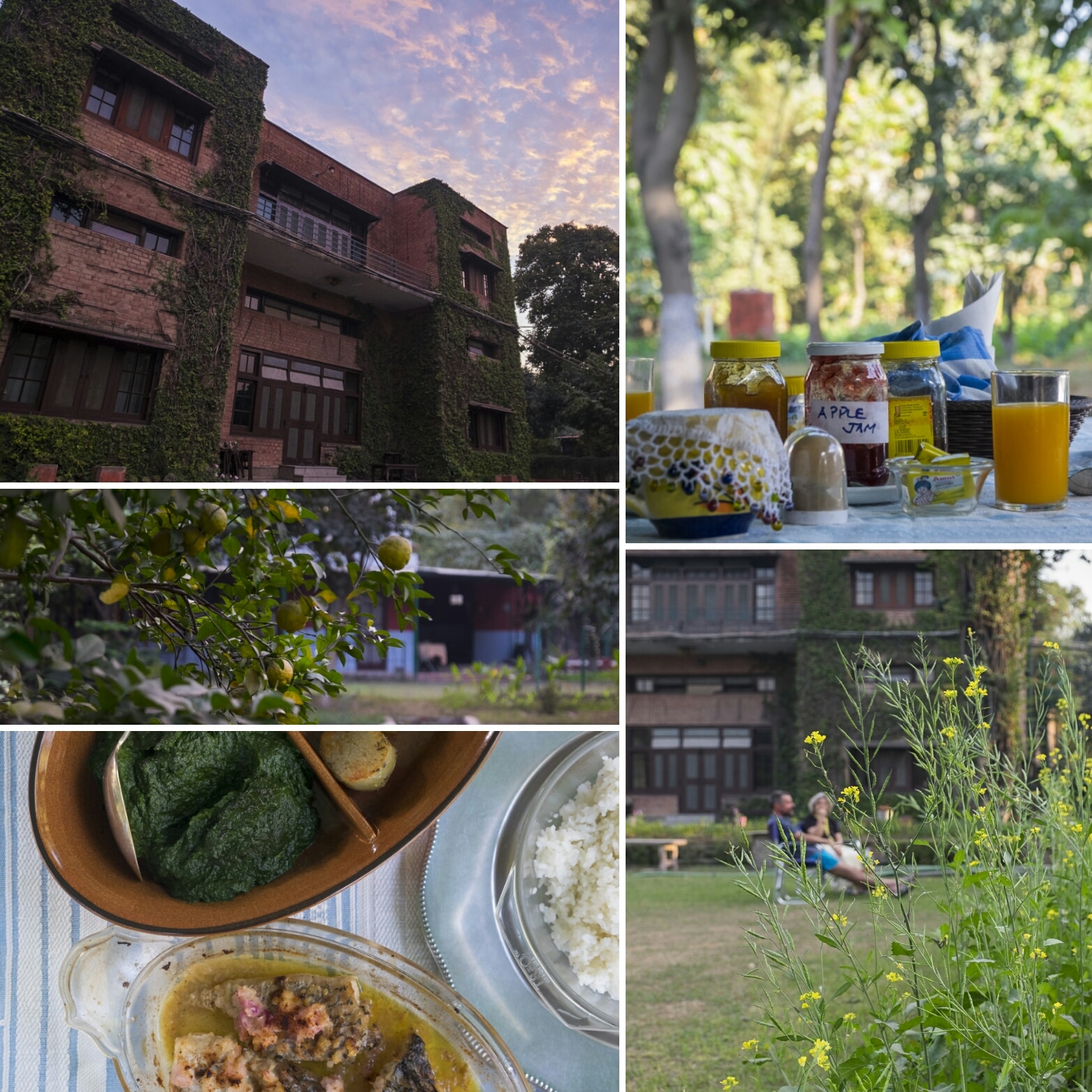
If you tire of the heavy food, the crowds and intensity of Amritsar, head to the tranquil and calm Mrs Bhandari’s Guest House, an old colonial era building and homestay in the cantonment area.
Here you can enjoy old English style food and hospitality, an establishment that is an integral part of the city. The homestay is now run by Mrs Bhandari’s daughter, who will tell you stories of growing up with a Parsi mother, who was the last remaining Parsi in Amritsar.
An independent woman, Mrs Bhandari, who married a non-Parsi, would drive to Lahore to shop, as was custom before partition and was an integral part of Amritsar society. Her husband, an engineer, was instrumental in building parts of Amritsar and even has his name on the main bridge that connects to the old city.
By all accounts, Mrs Bhandari was bold and enterprising for her time, and started a guest house in her sprawling estate after her husband died, as a means to support her children, welcoming guests at a time when it was unheard off.
With wide well-kept gardens and many trees, food that reminds you of an Enid Blyton novel and a warm welcome, the legacy of Mrs Bhandari lives on through her daughter and the beautifully run guest house.
Here you can eat delicious baked fish and creamed spinach or sample their homemade soups served in style in the covered dining area near the gardens. Ask for a tour of the house to see the old style wooden furniture, the family crockery that hangs in the sun dappled breakfast room, and our personal favourite, the old fashioned iron oven.
Some Useful Information:
How to get there: Amritsar is well connected to Mumbai and Delhi by air and rail and is a 4 hour drive from Chandhigar.
What to Eat: Amritsar is a gastronomical paradise and you should plan well to take it all In. We recommend eating at Kesar Ka Dhaba (Dal Makhani and Sarso da saag to die for), Surajit Chicken Center (have the mutton kebabs, maybe have 2 plates!) the Lassi at Ahujas and Kulchas everywhere, besides of course the langar at the Golden Temple. Other favourites are Beera Chicken, Makkhan Fish and Bharavan da Dhaba
Where to Stay: If you want to be within walking distance of the temple there are plenty of ‘decent’ hotels to choose from, however if you want to get out of the madness we suggest the peaceful and green confines of Mrs Bhandari’s Guesthouse in the Cantonment area. It’s a bit far from the action but the charming setting and top draw continental fare more than make up.
Dont Miss: The Jallianwala Baug Memorial, a walk through the narrow passageway and the gardens with remnants of bullet riddled walls is a sombre reminder of the price ordinary people paid for India’s freedom.
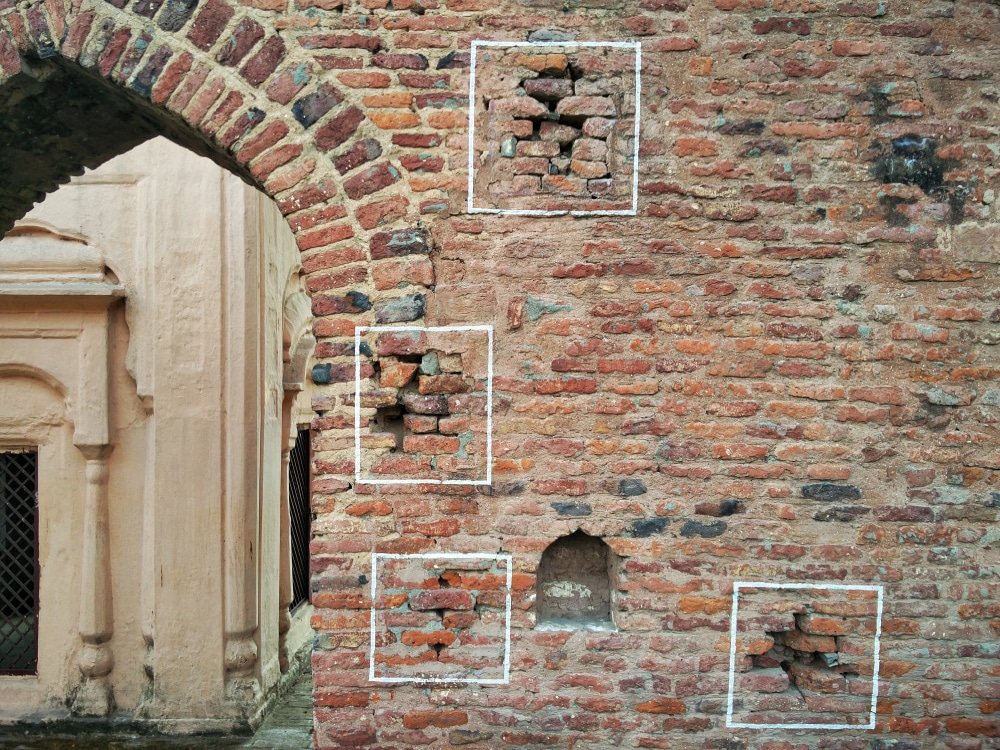
Love the post and details. Yes, wish the religious places and most of the important historical places were kept clean too. I haven’t been here but someday I definitely want to 🙂 I know it is going to be divine. (I would love to gorge on food. *says with a mouth watering already* Cheers.
The food is divine! You must visit for sure when you get the chance and plan your meals 🙂